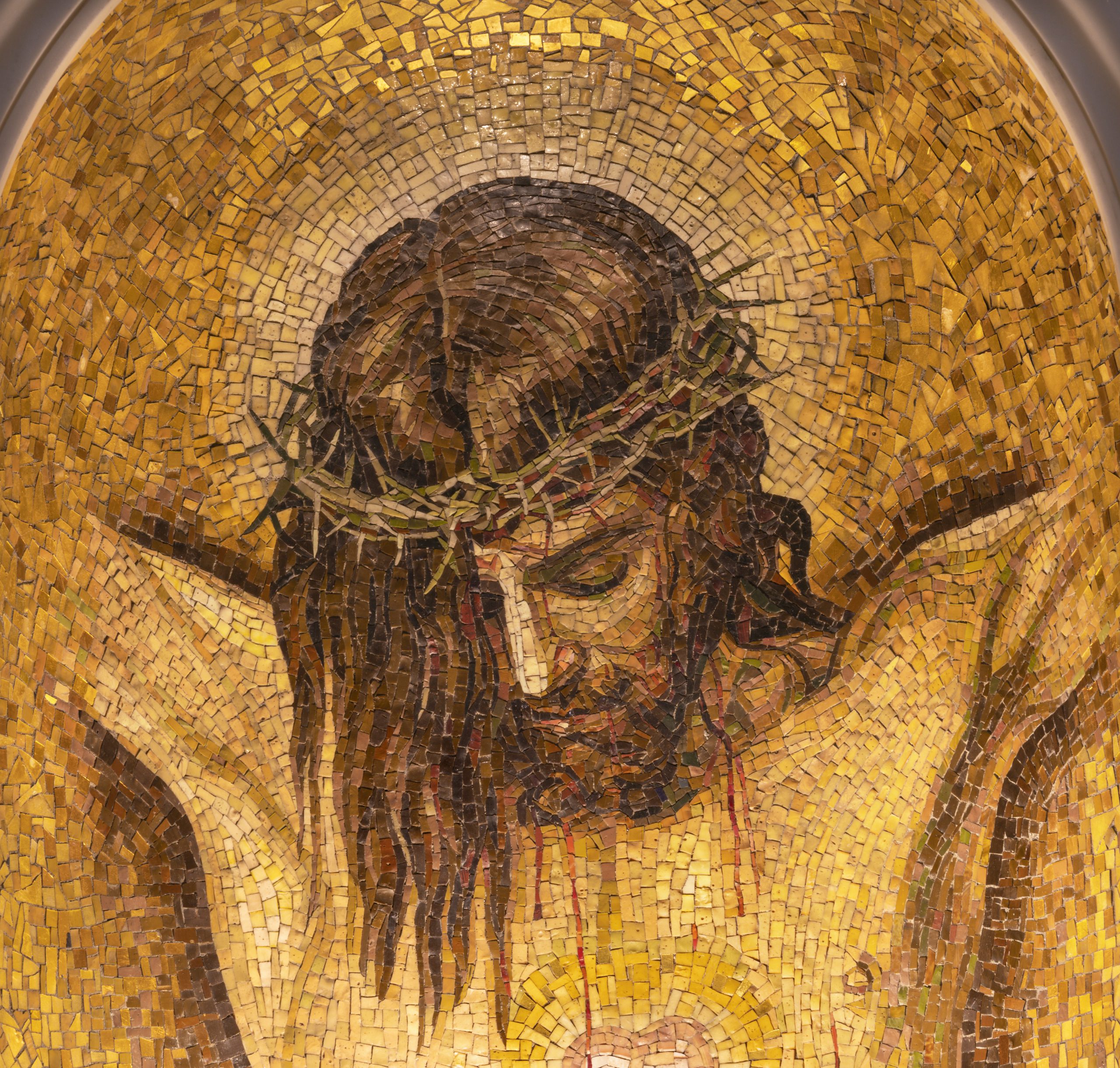
Question:
How can I explain the real presence of Jesus in the Eucharist when people ask about it?
Answer:
Last month, we turned to the New Testament, focusing on the key passage in the sixth chapter of St. John’s Gospel in which Jesus introduces the idea of the Eucharist to his disciples. This month, we are going to look at the moment when Jesus introduces the Eucharist itself to the apostles: the Last Supper.
It was at the Last Supper that Jesus celebrated the Jewish Passover meal, but in a way that transformed it into the event that commemorates the New Covenant, which he was about to establish (it might be helpful to read June’s column in which we looked at the Passover meal in the Old Testament).
Before we look at the Last Supper in particular, I want to look at how the Passover was celebrated in Jesus’ time.
First, the location. As you may recall, the first Passover (in Egypt) was celebrated in the homes of the Israelites … they had to mark the doorposts and lintels of their homes with the blood of the lamb. In the first century, though, the official sacrifices of the Jewish people were offered in the Temple in Jerusalem; so in the case of the Passover, the lambs had to be sacrificed in the Temple and eaten somewhere within the city. The centralization and restriction of the Passover to one location was in fact already anticipated in the time of Moses, before the Israelites had even entered into the promised land (see Deuteronomy 16:5-7).
Not only did the Passover have to be celebrated in Jerusalem, with the lamb sacrificed in the Temple, but only the ordained priests, the Levites, could offer the sacrifice. In addition, the time of the sacrifice was also specified, as also indicated in the same passage from Deuteronomy—it had to be at sundown.
According to the first-century Jewish historian Josephus, each year in Jerusalem at the Passover, from 3 p.m. to 5 p.m., over a quarter of a million Passover lambs were sacrificed in the Temple. A quarter of a million! Think about how much blood must’ve been poured out by the priests at the Passover! For the Jews who celebrated the Passover in that time, the sacrificial nature of the Passover was vividly clear.
One other fascinating tidbit to note about the sacrifice of the Passover lambs: according to both Jewish and Christian records, the lambs were sacrificed by being skewered through the shoulders and through the torso—in the form of a cross! In effect, the Passover lambs offered in the Temple in the first century were crucified.
Having looked at some of the features of the Passover in the first century, let’s now focus on the Last Supper. Again, it’s the celebration of the Passover, when the exodus from Egypt is recalled in a way in which the Jews understood that saving work of God’s to be present to them so that they might participate in it.
As we read it in the Gospels, what we find in the Last Supper is described as the Passover: the disciples ask Jesus where they should celebrate the Passover, and they prepare it at his direction (Mt 26:17-19). Not only that, but the details we are given about the Last Supper by Matthew, Mark and Luke reveal that it had some of the central features of the Passover: the blessing, breaking and presentation of unleavened wafers of bread; the blessing and distribution of cups of wine; the chanting of some of the Psalms.
But there is a notable omission, or rather, a notable replacement: in his celebration of the Passover, Jesus omits the unblemished lamb, the Passover sacrificial victim that was consumed during the meal. Instead, he offers himself as the unblemished lamb, the sacrificial victim to be consumed under the appearance of bread and wine.
We see this identification of Jesus with the bread and wine explicitly in the Last Supper narratives: this is my body, this is my blood. But it’s not just his blood, it’s his blood of the covenant. He’s pointing back to our first Old Testament root of the Mass, to the establishment of the covenant at Mount Sinai and its renewal under Josiah and then Ezra. It was in the blood of the sacrifice at Mount Sinai that the Old Covenant was ratified, and it is in the blood of Jesus’ sacrifice that the New Covenant is ratified. And just as the people received the blood of the Sinai sacrifice, so too did they receive the blood of Jesus’ sacrifice.
So in the Last Supper we see that Jesus is establishing a New Covenant with a new paschal victim: himself. He is the unblemished lamb that is consumed in the ratification of the Covenant, in which the people become God’s own.

Be sure to check out the additional resources at sfcatholic.org/answer. If you have a question you need an answer to, email cbassett@sfcatholic.org.
Chris Burgwald holds a doctorate in theology and is the director of discipleship formation for the Diocese of Sioux Falls.


